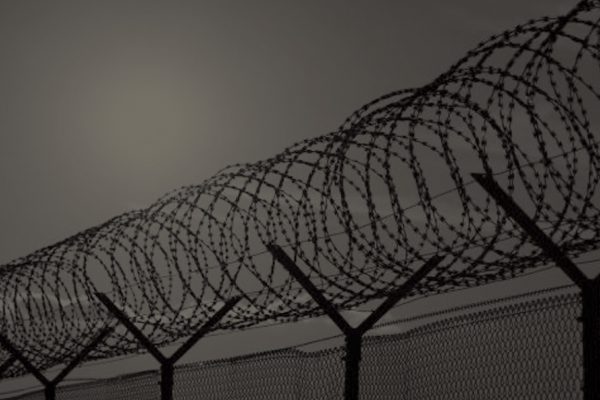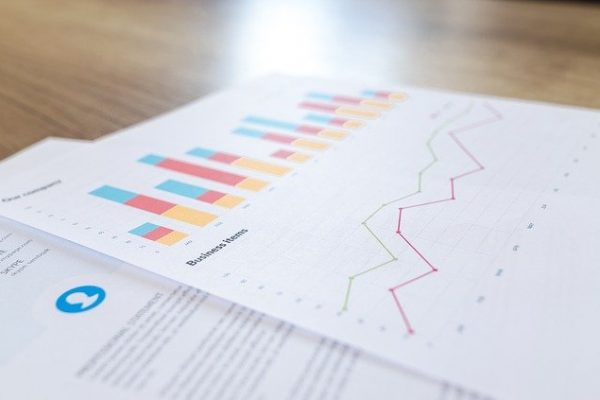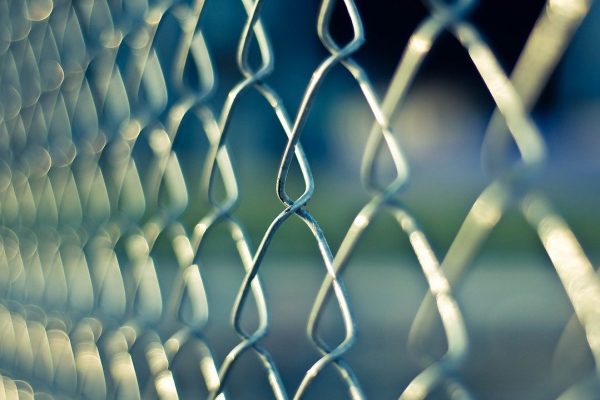New Report: South Carolina Deaths Behind Bars 2015-2021 Read Now
Heat Map of Known Deaths Behind Bars
Hover over county for info, click for details
Number of Deaths Behind Bars
On the whole, people tend to take prisons for granted. It is difficult to imagine life without them. At the same time, there is reluctance to face the realities hidden within them, a fear of thinking about what happens inside them.1
Angela Y. Davis, Are Prisons Obsolete? 15 (2003).
Incarceration Transparency – South Carolina seeks to share data and research to stimulate public conversations about the state’s carceral policies and practices and to address the harms of incarceration. The U.S. incarcerates nearly 2 million people in a web of state and federal prisons, city and county jails, youth jails and prisons, immigration detention centers, and other carceral facilities.2 9
South Carolina ranks twenty-sixth in the nation for its per capita incarceration rate.3 A combination of state prisons, local jails, and youth jails and prisons hold 27,454 people behind bars.4 Approximately 16,000 of those people are held in state prisons, while 11,470 of them are held in local jails.5 While the state is 64% white, 27% Black, 6.1% Latine, 2.1% Asian, and 0.4% American Indian or Alaskan Native,6 the prison population is 58% Black7 and jails are 53% Black.8
South Carolina’s carceral facilities produce premature death.9 According to the Bureau of Justice Statistics, the state’s jails and prisons have mortality rates above the national average.10 South Carolina’s prison system is also unusually violent, with the highest homicide rate of any prison system in the country from 2001 to 2019.11
Medical care remains inaccessible to many incarcerated people in South Carolina. The state is one of six where most prisoners are paid nothing for their labor. 12 Even so, incarcerated people must pay a five-dollar co-pay to access medical care, putting treatment out of reach for these vulnerable individuals who must rely on the state for care.13
Those behind bars are missing from their communities, where they are be parents, sisters, uncles, cousins, co-workers, neighbors, and friends. Approximately 7% of children in the state have experienced the incarceration of a parent.14 Children and communities suffer from the ruptures in relationship that incarceration imposes.15
Citations
1 Angela Y. Davis, Are Prisons Obsolete? 15 (2003).
2 Peter Wagner & Wendy Sawyer, Mass Incarceration: The Whole Pie 2022, Prison Pol’y Initiative (Mar. 14, 2022) https://www.prisonpolicy.org/reports/pie2022.html#bigpicture.
3 U.S. Criminal Justice Data, The Sent’g Project, https://www.sentencingproject.org/the-facts/#rankings (last visited Nov. 19, 2022).
4 Detailed Data Tool: South Carolina, The Sent’g Project, https://www.sentencingproject.org/research/detailed-state-data-tool/ (last visited Dec. 20, 2022).
5 Id.
6 Population Estimates – Percent Distribution by Race – 2020, S.C. Revenue & Fiscal Affairs Off. https://rfa.sc.gov/data-research/population-demographics/census-state-data-center/population-data/population-estimates-percent-race-2020 (last visited Dec. 20, 2022).
7 Profile of Inmates in Institutional Count (Including Inmates on Authorized Absence) as of June 30, 2022, S.C. Dep’t of Corr., https://rfa.sc.gov/data-research/population-demographics/census-state-data-center/population-data/population-estimates-percent-race-2020 (last visited Dec. 20, 2022).
8 Incarceration Trends in South Carolina, Vera Institute of Justice (Dec. 2019) https://www.vera.org/downloads/pdfdownloads/state-incarceration-trends-south-carolina.pdf.
9 See Ruth Wilson Gilmore, Race and Globalization, in Abolition Geography: Essays Toward Liberation 114 (Brenna Bhandar & Alberto Toscano eds., 2022).
10 E. Ann Carson, Bureau of Just. Stats., Mortality in Local Jails, 2000–2019—Statistical Tables 1, 27 (2021), https://bjs.ojp.gov/content/pub/pdf/mlj0019st.pdf, (documenting a national jail mortality rate of 167 per 100,000 and a South Carolina jail mortality rate of 196 per 100,000); E. Ann Carson, Bureau of Just. Stats., Mortality in State and Federal Prisons, 2001–2019—Statistical Tables 1, 23 (2021), https://bjs.ojp.gov/content/pub/pdf/msfp0119st.pdf [hereinafter Mortality in State and Federal Prisons](documenting a national prison mortality rate of 330 per 100,000 and a South Carolina prison mortality rate of 386 per 100,000).
11 Mortality in State and Federal Prisons, supra note 3, at 5 (“The highest average annual rate of homicide in state prisons during 2001–2019 was in South Carolina (15 per 100,000) . . . .).
12 Beth Schwartzapfel, Prison Money Diaries: What People Really Make (and Spend) Behind Bars, The Marshall Project (Aug. 4, 2022) https://www.themarshallproject.org/2022/08/04/prison-money-diaries-what-people-really-make-and-spend-behind-bars (last visited Dec. 20, 2022).
13 Wendy Sawyer, The Steep Cost of Medical Co-Pays In Prison Puts Health At Risk, Prison Pol’y Initiative (Apr. 29, 2017) https://www.themarshallproject.org/2022/08/04/prison-money-diaries-what-people-really-make-and-spend-behind-bars (last visited Dec. 20, 2022).
14 A Shared Sentence: The Devastating Toll of Parent Incarceration on Kids, Families and Communities, Annie E. Casey Foundation 4 (Apr. 2016).
15 Id. at 1.



